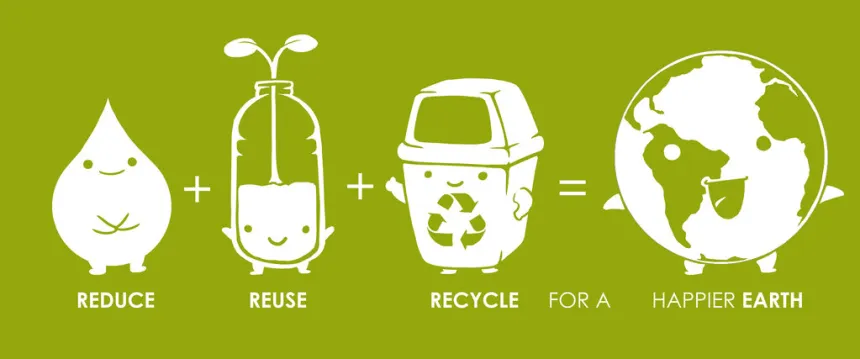Reusing waste is a largely untapped form of environmental conservation. Every single person can contribute to preserving the environment by creatively reusing, rather than disposing, of their household and commercial waste. From reducing the carbon footprint to pollution levels, the benefits of reusing waste is undeniable.
The Benefits of Reusing Waste
Reusing waste has a net positive effect on the environment, with the most obvious benefit being the reduction of the carbon footprint and pollution levels. By selecting to create new items and objects out of existing materials, we are avoiding the extra manufacturing process that creating something new would require and the emissions that come with it. Every piece of waste we reuse keeps that much material out of landfill and instead put to a useful purpose.
Repurposing and recycling items also uses much less energy than when creating new goods from raw materials. Especially in the Australian context, where waste production is on the rise, actively reusing items rather than throwing them away can reduce our energy and water usage. Reusing items has far reaching environmental impacts – from reducing pollution in cities by reducing the number of cars on the roads due to less manufactured goods being bought, to using our natural resources more efficiently due to reduced use of plastics and raw materials.
Creative Ways to Reuse Waste
We have become so accustomed to disposing of everything rather than reusing it, but our waste can still bring us a whole range of different creative solutions. For many households, composting food scraps is a common way to reuse waste. Composting is a great way to redirect food waste from the landfill, as it breaks down the organic material into crucial soil fertiliser for gardens. Plastic waste, in particular, is a massive global issue, with 8 million tonnes of plastic waste going into oceans every year.
The best way to reuse plastic waste is to ensure that it is recycled. Recycling plastics (eg. plastic bottles, containers or bags) allows them to be treated and reused instead of being dumped in our waters. Crafting with used materials is another great way to reuse household waste. Items such as greeting cards, cereal boxes and boxes from food packaging can all be used to make creative projects such as postcards, decorations, and card games. Even old clothes and materials that are too outdated to give away can be donated to local schools or nonprofits for crafting needs.
How to Get Started
Getting started with reusing your waste can feel daunting at first, but with the right resources and system, reusing waste is easy. The first step is to consider what waste can be reused and what can be recycled. This can range from food scraps to plastics. Secondly, make sure to have the correct bins or bags on hand to separate these items, such as compost bins for food waste and recycling bags for plastics. Finally, look into resources in your local area that can assist with reuse initiatives, like community composting, green waste collection, kerbside collections or donation services.
Reusing our waste is one of the best ways we can contribute to the environment. From reducing the carbon footprint to reducing the amount of waste we produce, the positive environmental impacts of reusing what we already have are undeniable. There are a number of creative ways to reuse everyday items, and with the right resources and information on hand, it’s easy to begin an effective reuse initiative. Reuse your waste and make a contribution towards a sustainable future.

